An amazing video posted by James Neihouse who is an IMAX cinematographer and was personally involved in this great project, A Beautiful Planet, shows lenses swapped in zero gravity during the ISS (International Space Station) mission. The camera is Canon Cinema EOS C500, and it’s marked with the IMAX logo. Is it the first IMAX-certified digital camera?
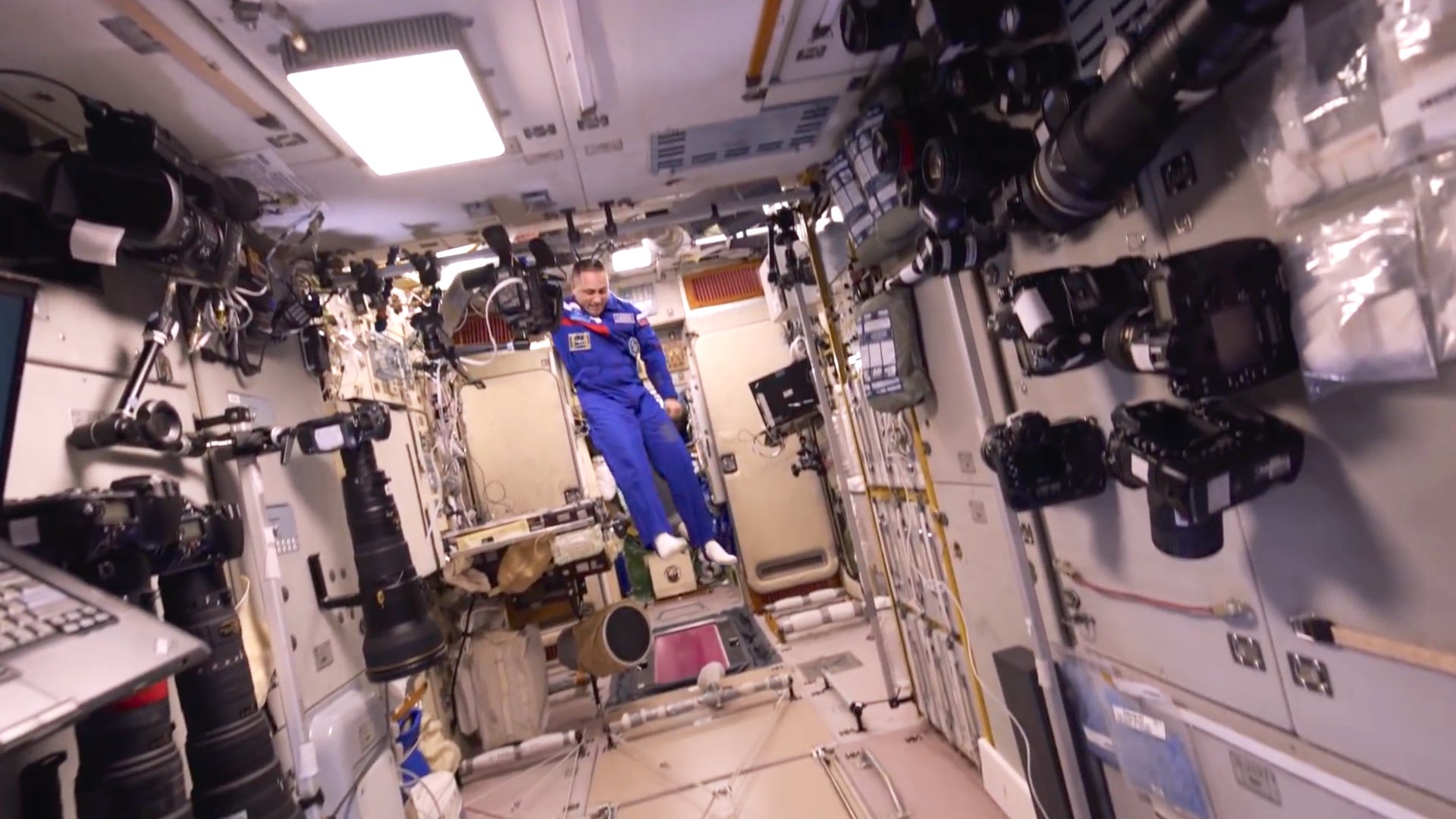
A Beautiful Planet: Shot for IMAX on Canon C500
A Beautiful Planet is a 2016 American documentary film written, directed, and produced by Toni Myers and narrated by Jennifer Lawrence. It was originally released exclusively for IMAX theatres. Created in cooperation with NASA, the documentary uses footage recorded by astronauts aboard the International Space Station (ISS) over fifteen months. The documentary examines how astronauts live and work daily. The film was shot on the Canon Cinema EOS C500 which was defined back then as the ‘IMAX Canon C500’. The IMAX release of A Beautiful Planet will be digitally re-mastered into the image and sound quality of The IMAX Experience and An IMAX 3D Experience. The goal was to utilize large-scale cinema screens to display capital cities illuminated by skyglow, lightning storms seen above clouds, Super Typhoon Maysak as seen from its eye, polar auroras viewed from low Earth orbit, the Great Lakes of North America locked in ice and snow, and reefs below the surface of the Caribbean Sea. Watch the trailer below:
IMAX film cameras were not an option
The astronauts who filmed the movie used digital IMAX cameras. That was due to the logical reason that the cameras permitted cinematographer James Neihouse, ASC to review image sequences almost immediately and make suggestions for retakes, and was a lightweight, simple, and much more affordable alternative compared to using IMAX film cameras which are cumbersome, bulky and expensive and can be developed only him earth. Myers and Neihouse coordinated with their astronaut camera crew to make use of the digital cameras’ augmented capacity for filming in dim light. According to Myers, “We would not have the nighttime scenes without the digital dynamic range … What the digital capture did was totally open up that night world to us, with stars, cities at night, lightning and other phenomena that you see at night, like aurora”. Hence, the advantages of digital sensors are well known.
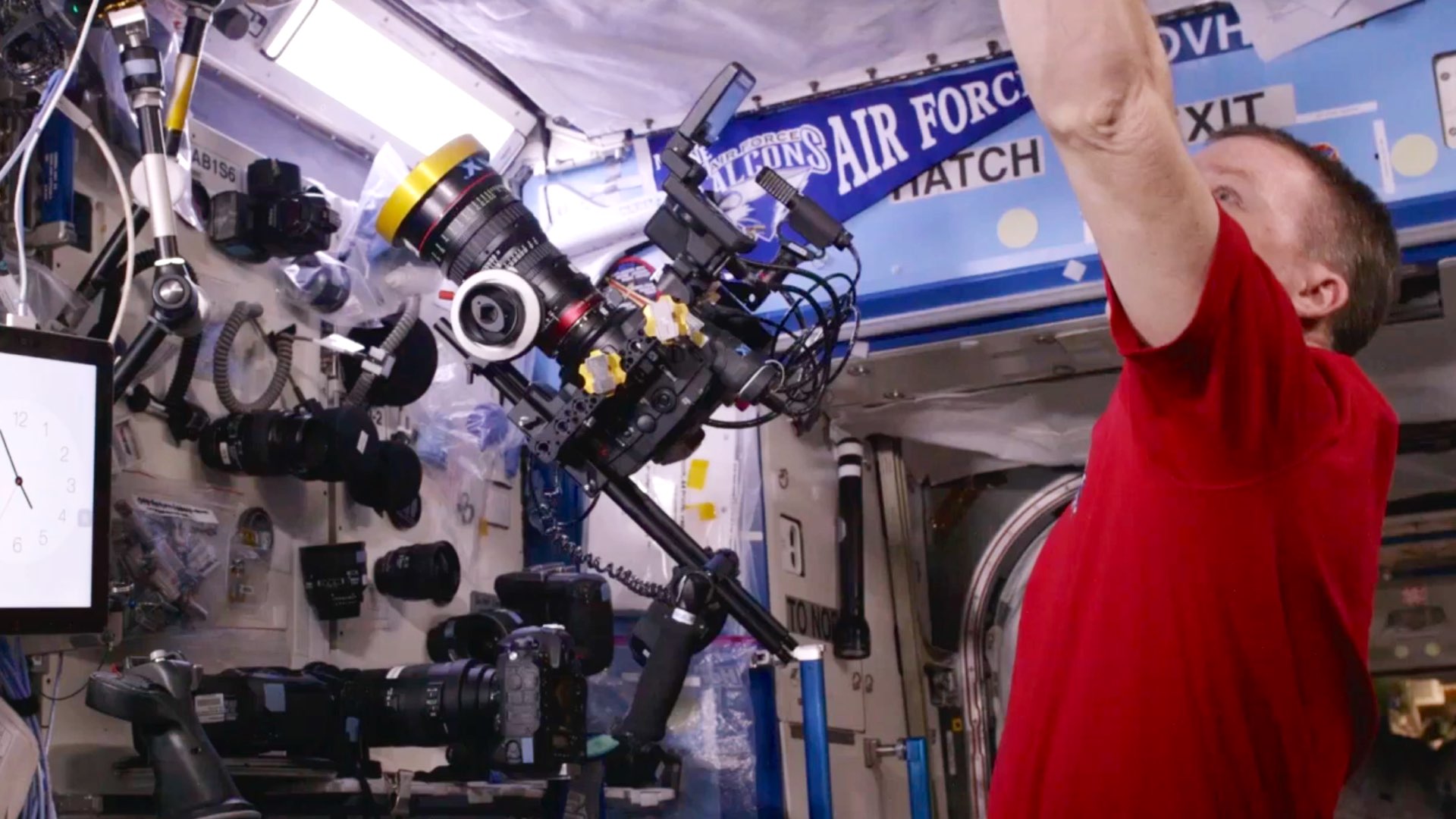
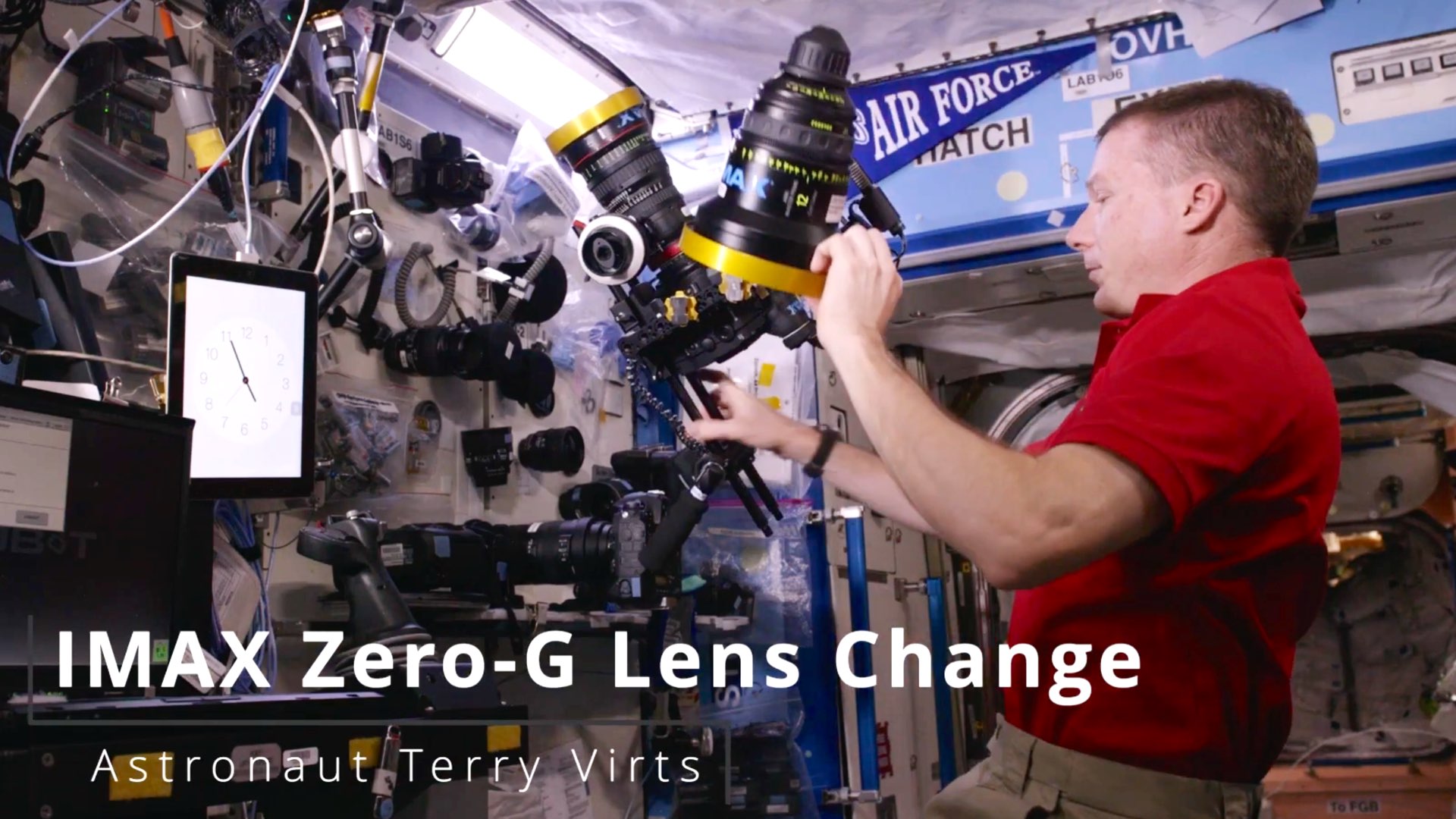
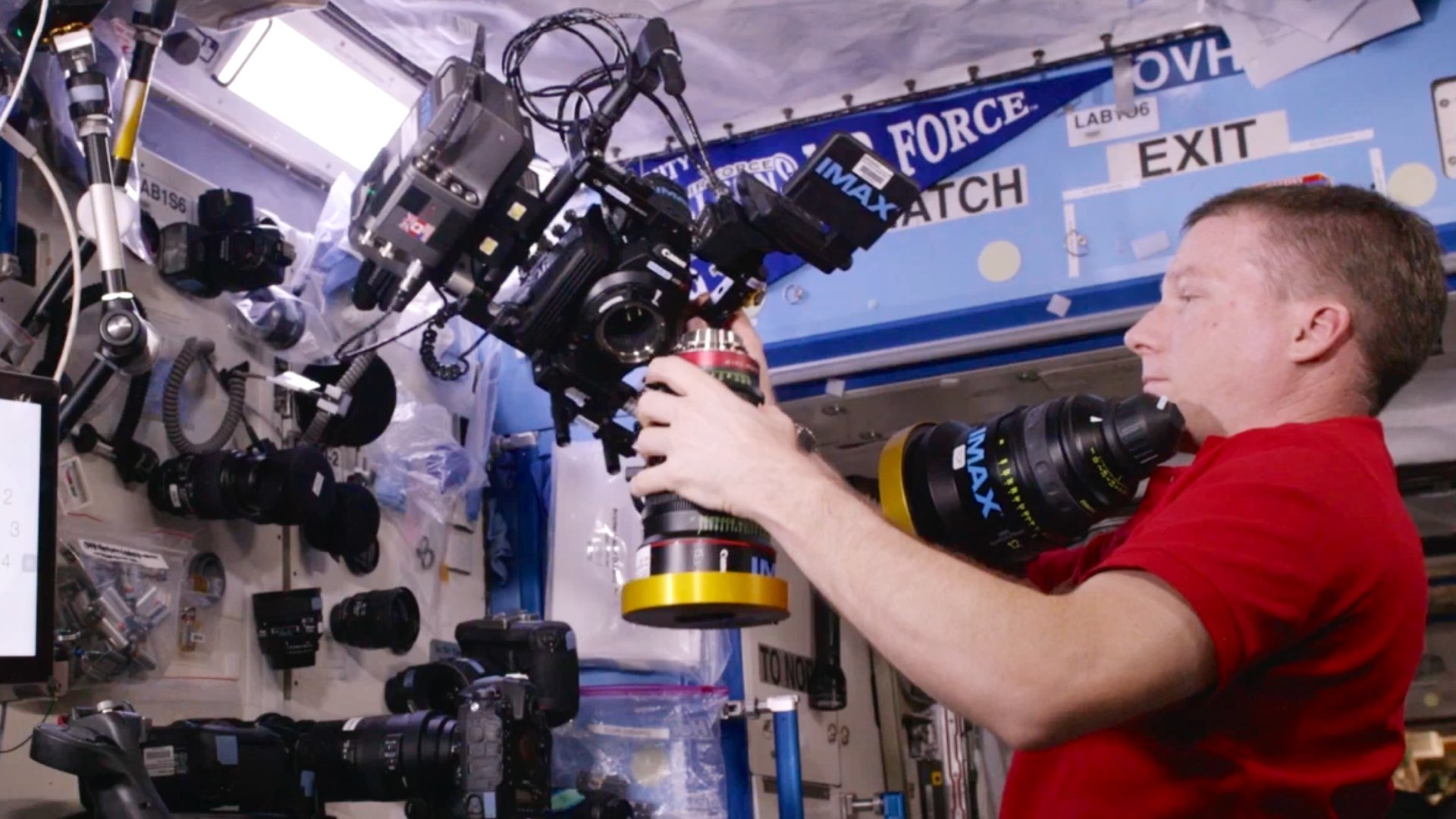
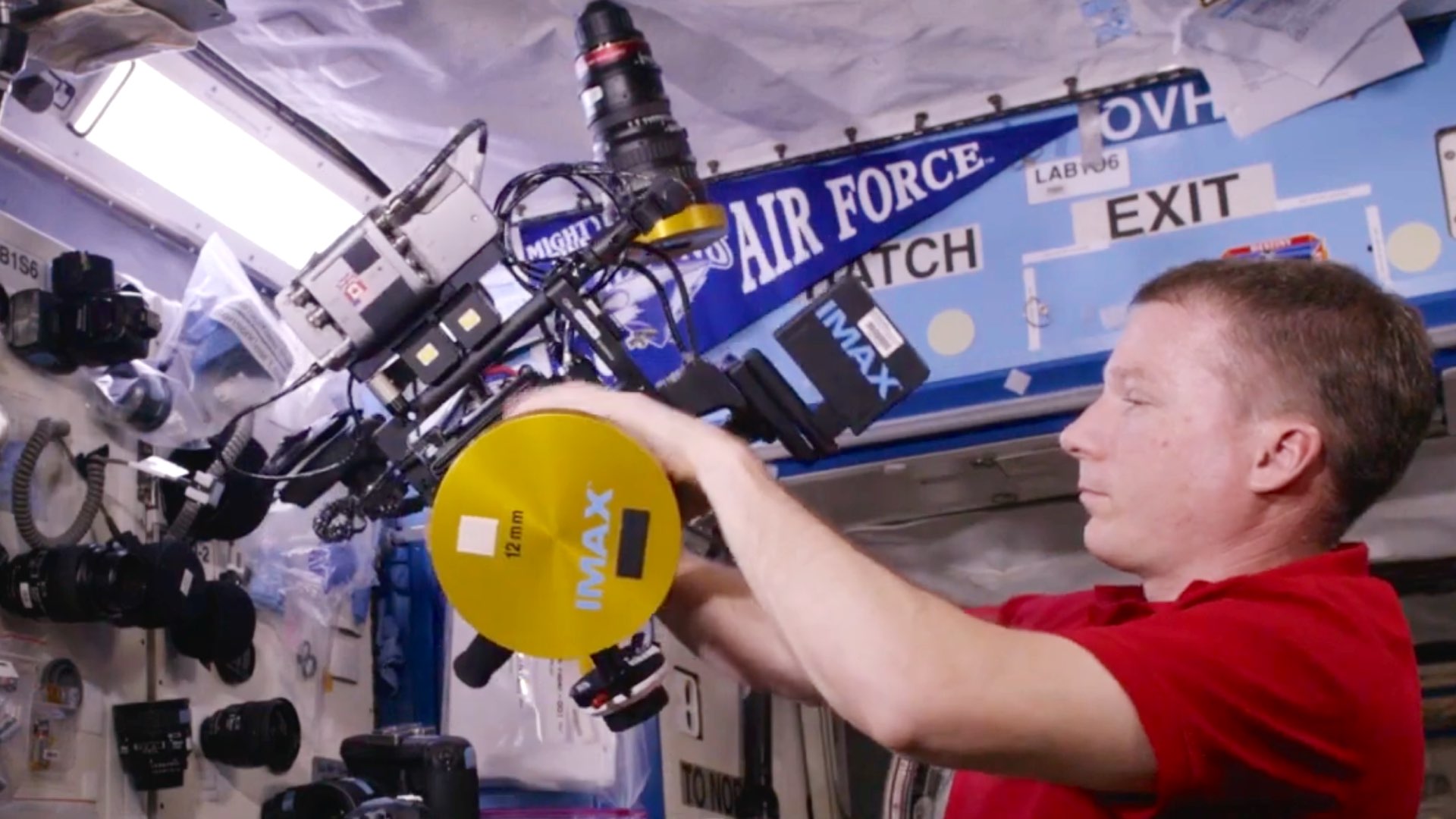
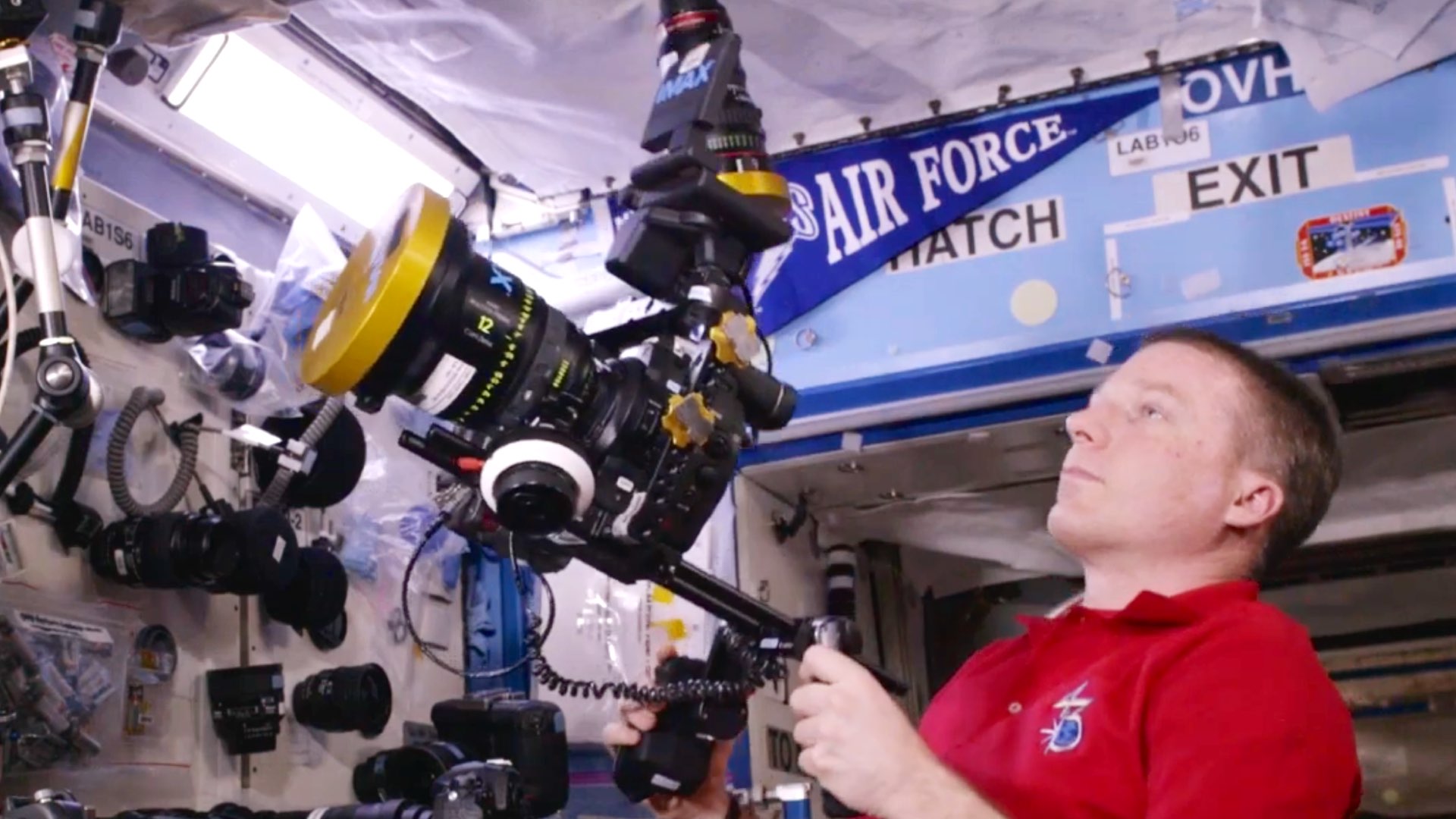
Swapping lenses on space
Neihouse, who is an IMAX cinematographer and one of the most experienced DPs specializing in giant screen cinematography (yes, even compared to Hoyte van Hoytema), posted an old video showing some of the rarest BTS. The video demonstrates astronaut Terry Virts doing a lens change on the IMAX Canon C500 camera while filming the project. Notice that Neihouse defines the camera as an “IMAX Canon C500”. The IMAX logo is marked even on the cinema lenses. Check out the video below:
Digital ‘Giant Screen Cameras’ in Space
Last week we wrote on the Shpere’s Big Sky camera that was developed especially to shoot for the biggest screen in the world —the Sphere, which is located in Las Vegas. The filmmakers and inventors stated: “This screen [Sphere] is so big, that the ISS can fit inside the screen. And so we can convey the people the experience of doing a spacewalk realistically”. We’re pretty sure that Big Sky could be very well utilized in shooting A Beautiful Planet. However, in 2016 the Canon Cinema EOS C500 seemed like a very solid choice, even for replacing IMAX film cameras. When thinking about it, the C500 might be the first IMAX digital/certified camera. Do you agree?
Watch this article:


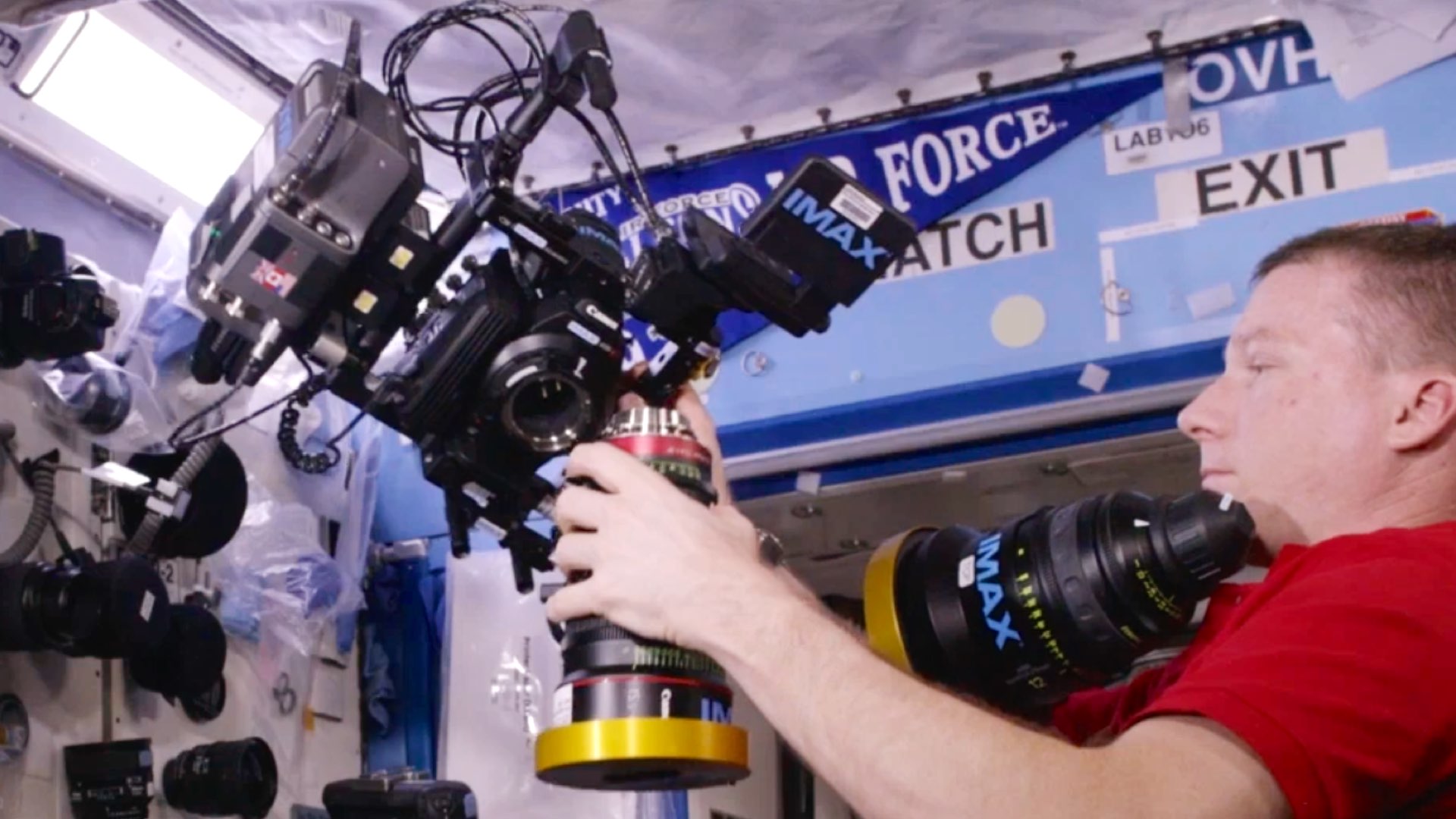



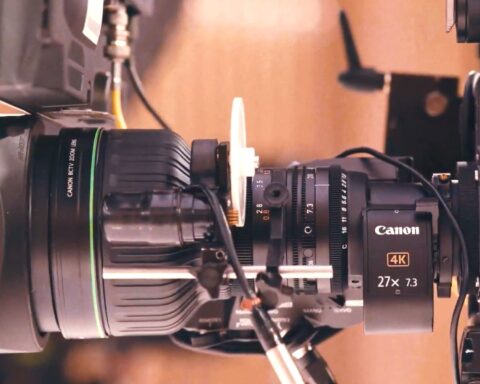
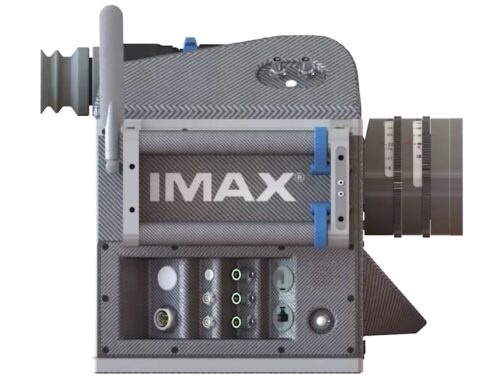


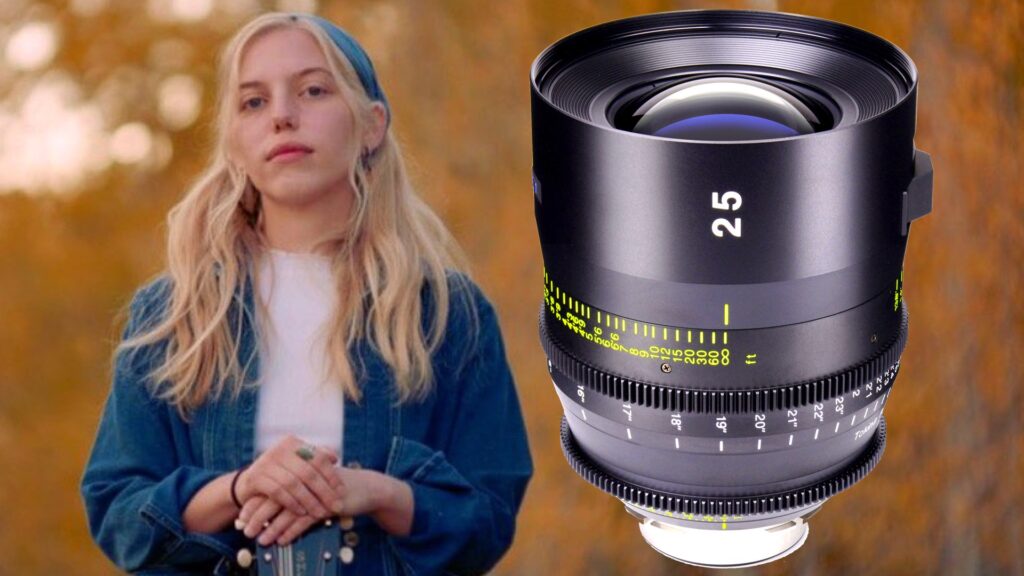
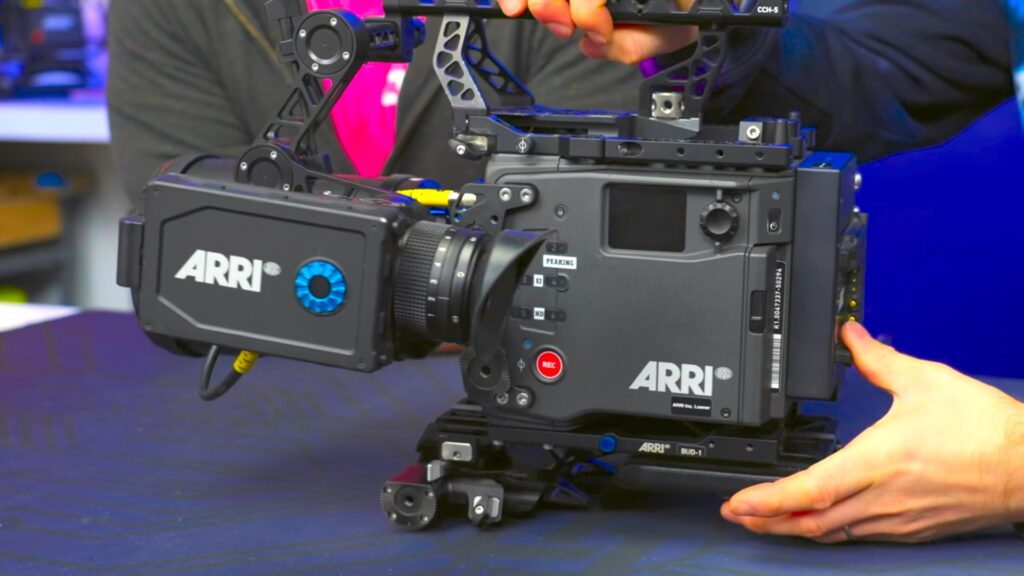
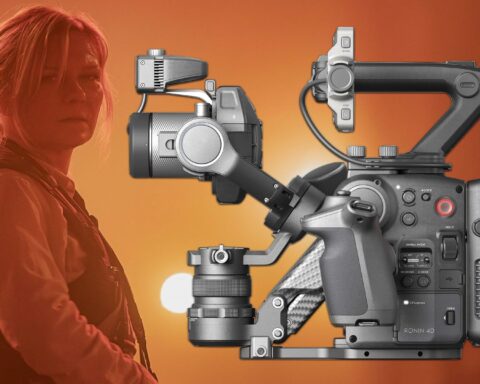


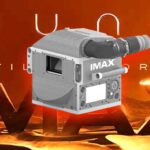
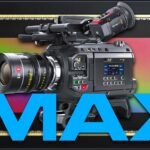
Yeah .. just put an IMAX sticker on everything, it will sell until the last customer loses his belief because of Liemax.
Hey Yossy, of course we disagree, because even the actual digital video „IMAX certified -ability to make money- Cameras“ can’t compete by far with a real IMAX Camera.
I can tell the true story:
I’ve seen this digital crap Movie in state of the Art 4KLaser in London last year. It was absolutely disappointing. I think it’s the Mark 1 C500, which had about 4,5K, so about 3K netto in the end (absolutly not suitable for an 24m + Screen). Of course you see that.. the C500 barely makes a medium quality image, on the giant screen, it’s soft. 90% of the shots(!) were shot inside the spacestation – so no hustle there, and are just okey. The space shots look kind of weird, too dark without resolution. Nothing spectacular. The Doku is crap. There are also some scenes only in 2K, on the giant screen, which is the new IMAX Docu standard today, a crapy video quality with complete fake 3D in post (Antartica is the next very good example for that). But hey, it’s cheaper, not so bulky, for Dummies.
To make this clear, this is absolutely no comparison to real filmmaking 20 years ago when real filmmakers used real IMAX cameras, talking real risks for epic shots. God bless these guys. Today we are swimming in lies and marketing, just put a sticker on it.. I can’t wait to see the first IMAX Sticker on an iPhone, it will come, trust me.
There will never be an excuse for not using real IMAX Cameras for those paid Productions in combination with far better gearing today. The old Guys 20 Years ago were so much capable of doing something omfg
Nice write up. Just a few bits of input from one of the OGs who actually worked on this and many other IMAX films over the past five decades. Here is the true story… To begin with, we shot “A Beautiful Planet” using digital because we didn’t have any other choice, it was either digital or nothing. The space shuttle had been retired and while it was possible to get the film camera to orbit, it was not possible, according to everyone at NASA, to return any film. So with that caveat we set out in 2011 to choose a digital camera for the next IMAX Space Film. Because of NASA requirements for space flight hardware we had to settle on a camera at least 2 years before out scheduled launch date in late 2014. We (I) did multiple comparison evaluations on about a half-dozen of the most current digital cinema cameras, comparing them, side-by-side with 15 perf. 65mm film shot with an IMAX film camera. We put all the footage through the same workflow as was planned for the film, then evaluated the results on an IMAX digital system, which was a dual 2K projector at the time. This was before the advent of the 4K laser projector we have today. In the end the Canon C500 Mk 1 and the external Codex recorder out performed all other digital cameras available.
As for the shots of Earth, we took a different approach, using a Canon 1DC in still mode we (the astronauts) shot 4fps image sequences, basically hyper-lapse, then using some proprietary IMAX software converted the 4fps into 24fps using pixel prediction algorithms. I wasn’t a perfect solution, but it did give us 5.1K resolution at 16 bit color and uncompressed raw files to work with. The result was good enough to please IMAX co-founder Graeme Ferguson. The Canon 1DC also gave us an emergency backup 4K option if the C500s cratered.
Shooting digital did allow us a lot more freedom to shoot, rather than being limited to the 3 minute run of 65mm negative, not to mention the noise generated by an IMAX film camera. It also, as Toni is quoted, allowed us to shoot scenes we had never been able to get with film and slow medium format (what are called large format today) lenses and ISOs limited to 500 without push processing.
Yes, there are IMAX labels on our camera gear, mostly for easy identification by the astronaut crew. Have a closer look at all the camera gear on the walls of the ISS in the second photo in this article and you will understand why. Those stickers were put on the cameras years before IMAX started “certifying” digital cinema cameras. So no, those cameras were not “officially” IMAX Certified.
By the way, all the IMAX camera gear and lenses you see in the videos were burned up with other ISS trash when we were done shooting – no room in the return vehicle to get it back. I was able to get one C500 body back and it is now on display at Canon HQ on Long Island. You can see our original space film camera on display at the Smithsonian National Air and Space Museum in Washington, DC.
As for the space shots looking “kinda weird” you should really qualify that since there were several of those weird Earth scenes shot with an IMAX film camera on one of our previous 24 space flights.
If is often difficult for inexperienced to objectively judge what a film actually looks like as they may be reacting to a projection issue.